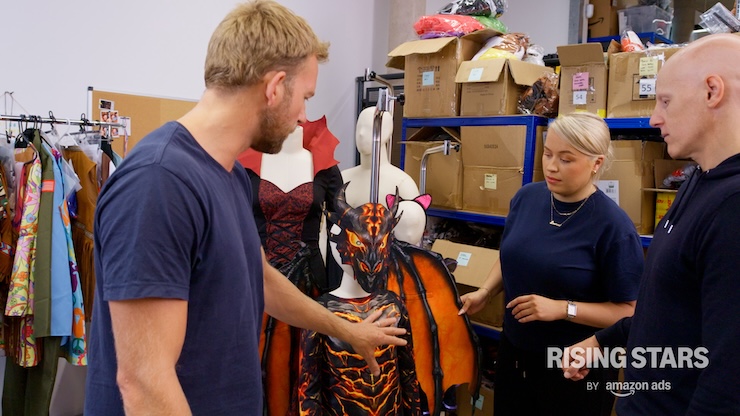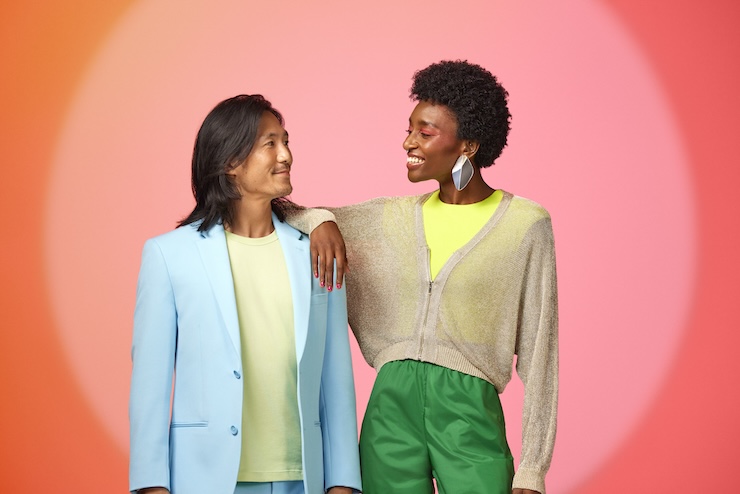The e-commerce landscape is changing; brands are beginning to place less emphasis on their websites as the main portal to direct customers to. Instead more importance is being placed on managing social media platforms such as Facebook and now Instagram where companies can now sell direct to customers. As well as providing an e-commerce platform, social media also plays an integral role in the decision making process. A recent survey by Royal Caribbean cruises found that more than a third of those surveyed wouldn’t even consider booking a trip without first consulting social media. The fact of the matter is, brands just cannot afford to overlook social media. However, at present even brands with huge followings on social are failing to get the engagement they would have hoped for.
We recently took a comparative look at the social media activity of several key consumer brands during the infamous retail event Black Friday. What we discovered was that brands with phenomenal numbers of followers only managed to garner a tiny amount of engagement on the posts they were putting out. Having trawled through hundreds of Black Friday posts, we felt this overwhelming lack of engagement was down largely to a lack of understanding of what people actually enjoy reading and sharing on social media.
As if used right, social media holds the keys to a truly cohesive brand/customer relationship, but uninspiring content and a lack of innovation is currently standing in the way of progress. What brands really need to do is have a bit of fun, start to think creatively and think outside the box.
Black Friday research
To get a snapshot of the entire consumer marketplace, in our report entitled ‘Black Friday’, we chose two sectors to look at specifically; fashion and travel, and chose three prominent brands from each vertical. From the fashion world these were Topshop, ASOS and H&M and in the travel sphere we chose Ryanair, Easyjet and Jet2.
What did we measure?
Using Crimson Hexagon, the social media analytics software, we were able to track brands Black Friday content and measure its effectiveness in both stimulating an emotional reaction, and getting customers to interact with it.
And so with Crimson Hexagon’s monitors running, we began analysing our chosen brands on both Facebook and Twitter in the fight for Black Friday relevance. The results were interesting to say the least!
What we discovered…
So if brands were trying to trigger some sort of emotional reaction with their posts, then they certainly fell far from the mark. Using Crimson’s sentiment monitors which measure types of emotion, we could see that the majority of brands actually failed to garner any emotional response at all. The monitors showed that disappointingly a large majority of all the content measured on the emotion scale as ‘neutral’. Basically meaning that most people who saw the posts felt complete indifference towards what they were seeing – not quite the response that the brands were hoping for we would imagine. It is precisely this lack of any sort of emotive reaction that prevents people from engaging with brands on social media.
When we looked closer at the types of content being pushed out, we were somewhat underwhelmed by the uninspiring and downright dull social posts coming from these consumer giants. For example, when we looked at the content ASOS was churning out on Black Friday, the first thing we noticed was a large volume of 20 per cent off deals. Now given the fact that ASOS is renowned for offering 20 per cent off (and more) almost all year round, unsurprisingly this didn’t really get people riled up and ready to buy.
All in all, by taking a comparative look at what big retail brands were up to on social media around Black Friday, we could a see a massive disconnect between the vast number of followers each one owned and the level of engagement they were getting. For example, retailer H&M had around 29 million page likes, but one of its posts had just 152 reactions. Now our intent for conducting the research wasn’t to name and shame brands, but rather to critique how brands are managing social media as a whole, and highlight the fact that when it comes to allocating marketing budget, social media is just not being given the attention it deserves.
What can brands do to increase engagement?
Whilst social communication tools are great at keeping us connected at all times, before now where they have fallen short is in the fact that they don’t allow us to interact in a way that coincides with the way in which we communicate in real life. However, with the advent of tools like Facebook Live, people and importantly brands, can share live moments that are taking place in real-time and make people implicit in the action as it is happening.
A recent Facebook Live campaign we executed for online retailer’s BoohooMan proved that people love a bit of audience participation. The straight forward mechanic of the campaign asked people to comment ‘pump’ to blow up a balloon filled with water, until it burst onto a poor BooHooMan rep, and the last comment would win someone £500 in vouchers. The level of participation seen on this campaign earned us the accolade of the second most engaged branded Facebook Live video of all time. With a really simple call to action and funny and shareable content we were able to keep the campaign really straightforward, but intriguing.
With more shared moments than ever before across multiple social media platforms, 2017 will be all about moving beyond the static measurements e.g. number of likes, comments etc. and instead will be about experiencing people’s joy, amusement and delight in real time.
If brands want to succeed on social media in 2017 and beyond, they really need to create content that resonates with the audience and captures the imagination. Because if your audience doesn’t care about what your saying, then how can you ever expect them to engage? And remember, emotion drives engagement, and so always try to make your audience feel something. Huge followings and page likes mean absolutely nothing if you can’t really make people feel.
Lucy Clarke, is marketing director at Social Chain.





